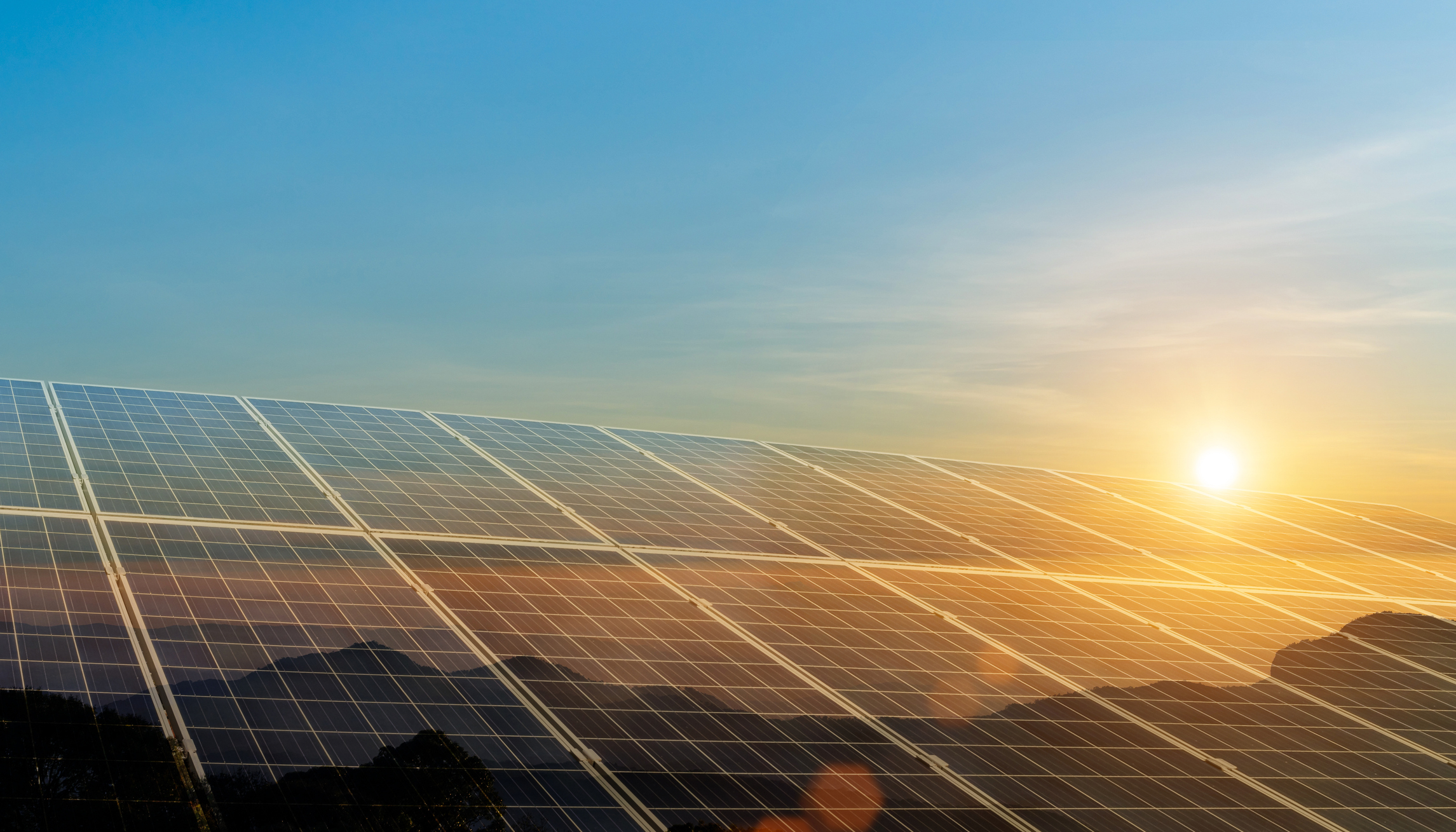Radiation-Assisted Pv Thermal Management System (RAPT)
TECHNOLOGY NUMBER: 2019-185

OVERVIEW
A radiation-assisted photovoltaic (PV) thermal management system- Scatters solar radiation with wavelengths >8 µm while allowing infrared heat to pass through
- Mostly passive for continuous cooling and improved panel efficiency and lifetime
BACKGROUND
For all commercial photovoltaic (PV) solar panels, the performance of these devices decreases as the operating temperature is increased above 25 degrees C. In the sunny, dry climates that are ideal for PV installations, the average operating temperature of the panels is ~49 degrees C, and their performance suffers accordingly. Presently, the common practice for megawatt-scale PV arrays in the United States is to rely on passive convective airflow to cool the panels, which has limited effectiveness.
INNOVATION
Researchers at the University of Michigan have developed a radiation-assisted PV thermal management system ("RAPT") that continuously maintains the operating temperature of the PV panel at a constant temperature only slightly above (+7 degrees C) the ambient temperature of the panel's surroundings at peak solar times to prevent the deterioration of solar panel performance. The system accomplishes this by (a) deploying a novel cooling radiator between the rows of tracking solar arrays and (b) storing excess heat generated during the day so that radiative cooling occurs continuously throughout the night and day.
The radiator system uses an emitter and a thermally insulating, selectively transparent cover to scatter oncoming solar radiation with wavelengths >8 µm while simultaneously allowing infrared heat to pass through from the emitter. Using liquid coolant and a storage tank, excess heat from the PV panels is transported away from the panels and either radiated into the atmosphere or stored for nighttime radiative cooling. As an additional benefit, the system will moderate the rate of temperature decrease of the panels during the cooler nighttime, mitigating the damage to the system from thermal cycling.
The RAPT system has the potential to decrease the average panel operating temperature by 15-20 degrees C while buffering the temperature swings. This approach translates into a 6-8% increase in panel power output and efficiency (calculated for a crystalline silicone solar panel). RAPT also improves panel reliability and extend the panel lifetime to >30 years, which would surpass Department of Energy targets. Using a levelized cost of electricity (LCOE) calculator developed by the National Renewable Energy Laboratory, the anticipated efficiency gain and prolonged lifetime is worth over $50/m2 (or ~$0.25/W), even when accounting for the slightly elevated operation and maintenance costs it would require.